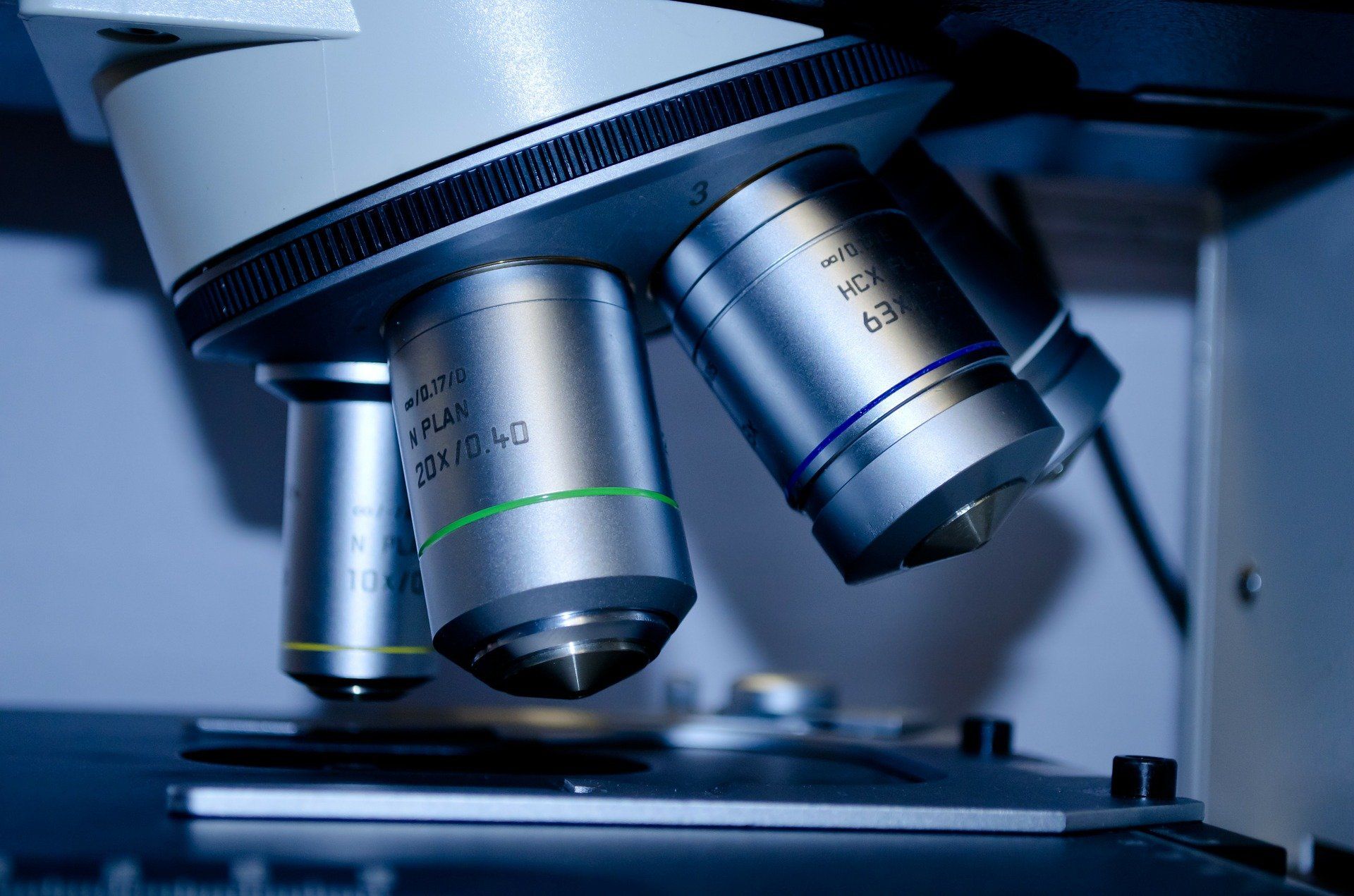The Extraordinary Active Ingredient CBD: CBD Research Simply Explained in 4 Steps
- Benefits (36)
- Bone Health (1)
- Depression (1)
- Economy (5)
- ECS (4)
- Foods (30)
- General (72)
- Gut Health (6)
- Immunity (6)
- Legal (5)
- Mental Health (20)
- Pain (21)
- Pets (13)
- Production (8)
- Research (25)
- Skin (16)
- Skin Conditions (5)
The Extraordinary Active Ingredient CBD: CBD Research Simply Explained in 4 Steps

As you probably all know by now, ‘CBD’ is short for ‘cannabidiol’. It’s a chemical substance from the cannabinoid group of compounds that occurs naturally in female cannabis, almost all animals, and even in humans! CBD is often confused with the intoxicating substance THC (tetrahydrocannabinol), which is also found in cannabis, but they’re totally different.
In humans, cannabinoids, including CBD and THC, work in the ‘endocannabinoid system’, or ECS for short, (which we’ve written about before here.). Unlike THC, though, CBD does not affect our consciousness (read: doesn’t make us high!) and is safe to use in moderation. The ECS is a very specific type of ‘signal transmission highway’ in our nervous system: Put simply, in the ECS, cannabinoids such as CBD transmit information between two cells.
The ECS is responsible for many different tasks in addition to cell-to-cell communication. For example, for the maintenance of our immune system, our pain perception, the control of our muscles and emotions, our feeling of hunger and cell formation, and breakdown in the body. CBD oil products online in Australia are sold widely because of their reported health benefits for this reason!
How Does CBD Research Work?
There are many ways to learn more about a specific issue. Whether it’s an experiment, a literature review, or a so-called ‘meta-analysis’ in which many studies are summarised and evaluated again –the possibilities are almost limitless.
It’s important that a study always meets certain quality criteria, though, and that it’s checked after it’s been written. At this point, an example should be shown of how a study on CBD could be structured. The classic way of a study consists of several steps:
Step 1: Establishing a hypothesis or assumption
Example: “Taking CBD improves the perceived quality of sleep.”
Step 2: Consideration of a procedure for testing this hypothesis
Example: On the one hand, the conditions of CBD intake and sleep quality assessment must be defined.
→ CBD: When? How often? How much? In what dosage form?
→ Sleep quality: recording via a questionnaire? How often? Which response mode (free or via a scale)?
On the other hand, the so-called ‘study design’ must also be determined.
This includes many questions to consider, for example:
→ Who can participate and how many?
→ How do we compare our results? Based on a group of people not getting CBD?
→ How do we evaluate our results? Which program and which statistical method is best suited?
Step 3: Conducting this review
Example: The implementation of the planned processes must meet certain standards so that they meet the requirements of serious research.
This includes, for example, the following problems:
→ How were the results protected against falsification during implementation?
→ Can the study be repeated and thus reviewed because the procedure is sufficiently specific?
→ How to ensure that the CBD has been taken as directed?
Step 4: Evaluation of the results
Example: The results are evaluated in two ways: First, the bare values are analyzed, then the result of the analysis is evaluated and discussed with regard to the original assumption. Any sources of errors and disruptions within the study (such as terminations by the participants or side effects of CBD) must be considered.
Once these steps have been completed, the study is sent to various journals, i.e., magazines for the publication of studies. These journals check whether they find the study exciting enough to publish. Shortly before publication, a study must go through the peer-review process – the entire study is checked in terms of quality and writing by two independent experts from the field. If this procedure is passed, the research group has made it! The study appears in a journal and is therefore published!
Previous Research Results on CBD
CBD is traded as an alternative or supplement to the medication of various diseases. The German Medical Journal quotes Dr. Eva Hoch, head of the Cannabinoids research group at the LMU Clinic for Psychiatry and Psychotherapy in Munich: “CBD could have broad therapeutic potential as it may have anxiolytic, antipsychotic, analgesic, anti-inflammatory, antioxidant and anticonvulsant effects.”
There are initial studies on the effectiveness of CBD, but no agreement yet. For example, CBD is used in Parkinson’s disease, generalized anxiety disorder, schizophrenia, Dravet syndrome, chronic pain, and sleep problems. There’s evidence for the effectiveness of CBD in attention deficit hyperactivity disorder (ADHD). However, due to a lack of research, there’s a lack of clarity regarding its use, side effects, and interaction with other drugs.
Our CBD oil products online in Australia may be effective in treating and relieving most of the previous conditions.
Final Thoughts
Opinions on CBD are divided in the media. There’re already initial studies on areas of application and the effects of CBD, but since CBD is still very new in research, the study situation is still uncertain. Despite this, there are many indications of the therapeutic potential of CBD. It’s worth checking our CBD oil products online in Australia.
It’s also highly recommended to buy CBD oil products online in Australia from reputable stores only. Our store works with the best lab tests to ensure the purity and potency of our premium CBD products and hemp oils.
Please, feel free to contact us if you have any questions. We are here for you!